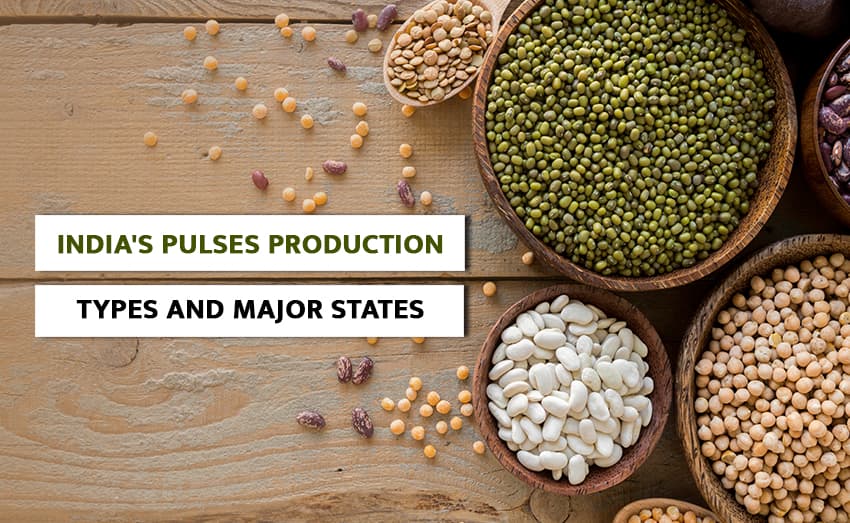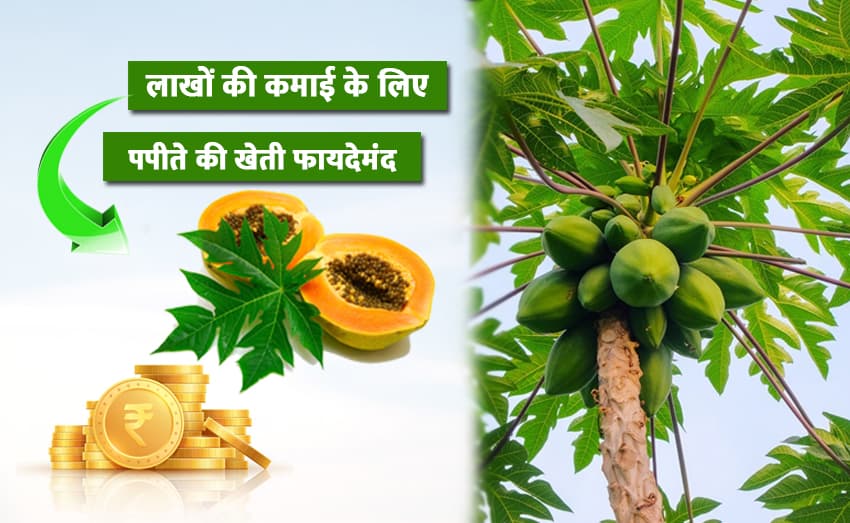Farmers can earn lakhs of rupees from dry ginger production.
Ginger cultivation can earn farmers lakhs of rupees. In the winter, ginger is in high demand on the market. Ginger is also used in the preparation of tea and vegetables. Aside from that, it is used to make dry ginger, which is more expensive than raw ginger on the market. Farmers can easily earn more money from ginger cultivation if it is viewed in this light.
Ginger is also used medicinally. Its use has been said to be beneficial in many stomach diseases, such as colds, coughs, and jaundice. It is used as a spice in chutneys, jellies, sorbets, and chaats, and both fresh and dried ginger are used with vegetables. Aside from that, it is used in the production of ginger oil, paste, powder, and cream in cosmetics. Farmers can make a lot of money by cultivating ginger in this way. Farmers can earn lakhs of rupees from ginger if it is grown and sold properly. Today, in this TractorKharido post, we will discuss how farmers can earn lakhs from ginger cultivation and provide detailed information on how to cultivate it properly. So please bear with us.
Ginger contains a variety of nutrients.
Ginger contains a variety of essential nutrients. Vitamin C, calcium, phosphorus, iron, zinc, copper, manganese, and chromium are all present. Ginger has an incredible ability to fight bacteria and viruses. As a result, regular consumption of it helps prevent many seasonal diseases. Its use reduces the likelihood of a throat infection. It eliminates free radicals produced by the body. This makes its application extremely beneficial.
What are the costs and profits of ginger farming?
In terms of profitability, one hectare can produce 150 to 200 quintals of ginger. One kilogramme of ginger costs between 60 and 80 rupees in the market. Even at the lowest price, cultivating ginger on one hectare of land can easily earn up to Rs. 25 lakhs in such a situation. Even after deducting all expenses, its cultivation can generate a profit of about 15 lakh rupees per year.
Farmers can produce dry ginger and sell it at a high price.
Dry ginger is made from ginger, and farmers can earn more money selling it than raw ginger. Dry ginger is used in traditional Chinese medicine. As a result, its very low market prices are available. The market price for number one quality dry ginger is typically between Rs 200 and 225 per kg.
The market sells five different types of dry ginger.
There are five different types of dry ginger made from ginger. The lowest grade of soy is known as gatti, and its market price ranges from Rs 100 to 125 per kg. Following this, the market price of number one quality dry ginger remains in the range of Rs 200 to Rs 225 per kg. However, the market price of super quality dry ginger remains between Rs. 300 and 370. Aside from that, its gola variety is available, with prices ranging between 400 and 500 rupees. On the other hand, the best quality dry ginger, known as "High Gola," costs between 550 and 600 rupees. The mandis have the highest demand for this variety of high-quality dry ginger.
How to Make Ginger: Dry Ginger
Making dry ginger with ginger is also a simple process. However, you must take certain precautions in order to prepare high-quality dry ginger from ginger and obtain a fair market price for it. We'll show you how to make dry ginger with ginger, which is as follows:
- Remove ginger from the field when it is fully mature in order to obtain good, uncut ginger mills.
- White ginger with no spots should be used to make dry ginger.
- First and foremost, ginger should be cleaned twice or three times with clean water to remove any soil.
- Using a bamboo knife, remove the thin peels from the ginger's upper surface.
- Soak it in water for 24 hours and keep it 30 cm away from the ginger's surface. Keep the water at the top.
- Rinse it several times in lemon-lime water. 600ml Add the juice to 30 litres of water to make a slurry.
- Remove it from the oven and immerse it in a lime solution (1 kg lime in 120 litres of water) until a layer of lime forms on it.
- After that, dry it in the sun and rub away any remaining peels with hessian strips. This way, your dry ginger will be ginger-flavored.
Machines are also used to produce dry ginger.
Farmers claim that after cooking the ginger in the fields, it is brought home and thoroughly cleaned with water. Then, cut it into a round shape and let it dry. It is placed in the machine after it has dried. This ginger machine is rubbed seven times. Only 4 kg of the 20 kg ginger remains after extraction in this machine. Strong sunlight is required for its preparation, and rain degrades its quality.
The government has given a grant for a dry ginger-making machine.
According to media reports, the Horticulture Department has given a grant to purchase a dry ginger preparation machine. The department provides a 75 percent subsidy on dry ginger making machines.
How much money is available for ginger cultivation grants?
The government also provides subsidies to farmers who grow ginger. In Madhya Pradesh, the Spices Area Expansion Scheme provides a grant of 50 thousand rupees per hectare to cover 50 percent of the cost of cultivating root and tuber commercial crops such as garlic, turmeric, and ginger. A grant of Rs. 50,000 is given to general category farmers under this program. Farmers belonging to scheduled castes receive a 70% subsidy up to a maximum of Rs. 70,000 per hectare, whereas farmers belonging to scheduled tribes receive a 70% subsidy up to a maximum of Rs. 70,000 per hectare.
Ginger farming techniques
- Ginger cultivation requires sandy loam soil. where there is a good drainage system The pH of the soil should be between 6 and 7.
- The best time to plant ginger is between April and May. Although it can be sown in June, after the 15th of June, the tubers begin to rot and germination is impaired.
- Different types of ginger are grown in different states. Ginger varieties include Moran Ada, Jatiya, Bela Ada, Keki, Vichy, Nadia, and Kashi.
- Ginger should be planted in rows. The distance between the rows should be kept between 30 and 40 cm. And the distance between plants should be kept at 25 cm.
- Make a four- to five-centimetre pit in the ground before transplanting a ginger tuber or plant. It is possible to transplant it from the plant or tuber in those pits. Filling these pits with soil or cow manure is recommended.
- A light shade should be provided for the ginger crop. This increases output.
- Along with the ginger crop, vegetables such as betel leaf, turmeric, garlic, onion, and chilli can be grown. Planting these crops alongside ginger reduces the occurrence of pests.
















